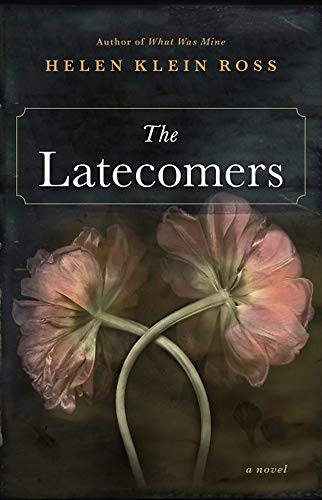The Latecomers
With understated elegance, The Latecomers braids many coming-of-age stories into one. First, we have Brighid “Bridey” Molloy, an Irish teenager whose fiancé dies on the ship from Liverpool in 1908, leaving her alone, and pregnant, in bustling New York City. Then there’s Sarah Hollingworth, the privileged daughter of a Connecticut brass-works owner, who becomes Bridey’s employer. Vincent is Sarah’s adopted son, and his view of his world, as he grows from childhood to adolescence and beyond, is realistically evoked as well. These three lives, and others, are linked over generations through a large house and the two secrets it holds.
The story also brilliantly depicts the coming-of-age of the 20th century as new technologies are introduced. The plot moves smoothly across this large swath of time. The book’s first part opens in 1927, at the deathbed of Sarah’s father, Benjamin Hollingworth, as the family doctor quietly drops the late patriarch’s medicine bottle into a hole in the wall of Hollingwood, his elegant estate in small-town northwestern Connecticut. This mysterious act has shocking ramifications that come to light much later.
The novel is a stellar example of how deep, carefully woven research can re-create the world of yesteryear. From old-fashioned pastimes like marbles and Lionel trains, to the wonders of electric lighting, to Vincent’s terrified reaction to seeing Birth of a Nation, the early 20th-century setting feels utterly real. The social mores of each era, such as American-style upstairs-downstairs relations and anti-Irish prejudice, are presented through the characters’ actions and inner lives. And all this without any famous names in the cast (President Taft nearly visits Hollingwood, but his plans take a last-minute detour).
While The Latecomers fits nicely into the country-house saga mold, it doesn’t focus primarily on the suspenseful revelation of secrets. Instead it explores, with great wisdom, the heartfelt reasons why people choose to keep them.










